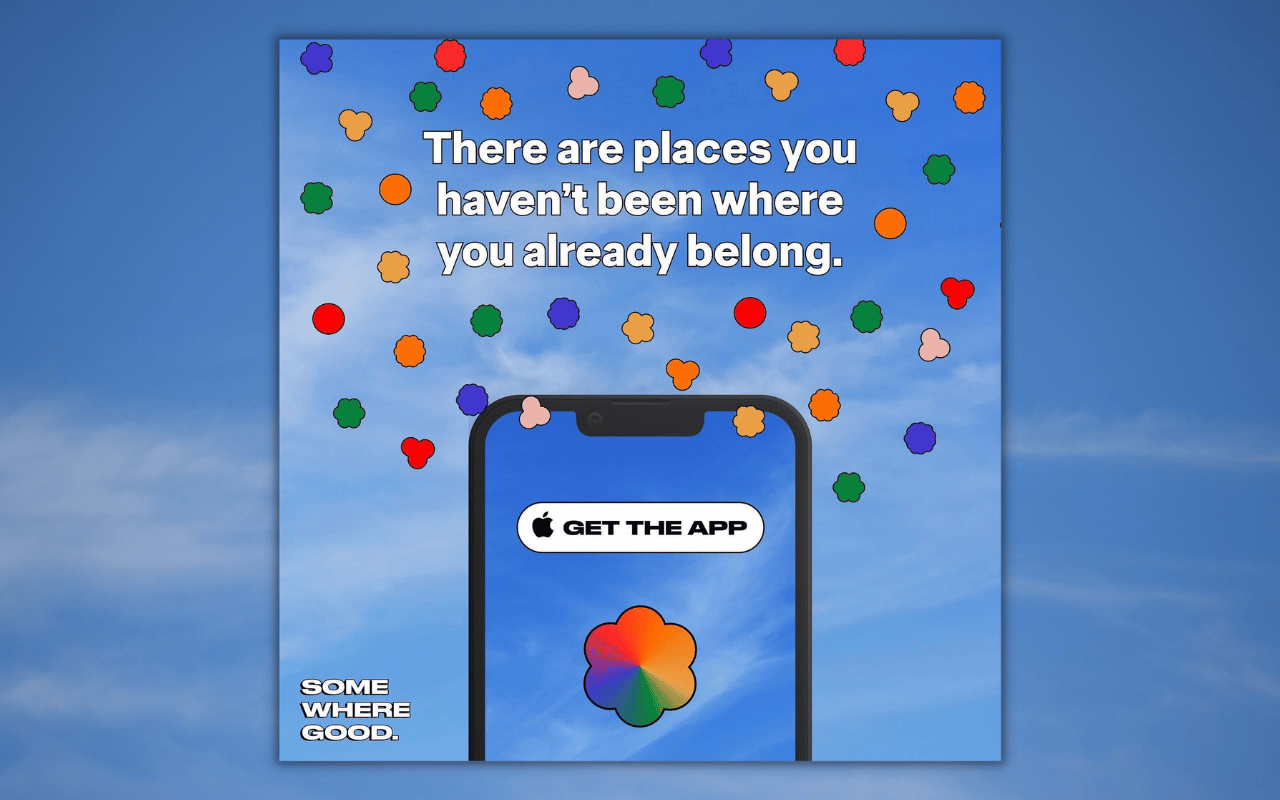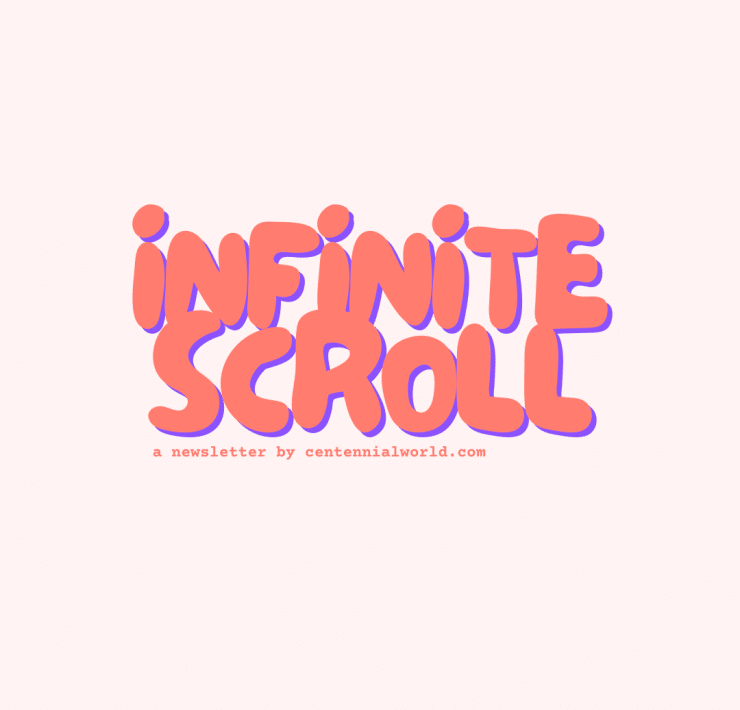
As BeReal gains traction across the US and Australia, it paves the way for a new wave of social media apps. In the move away from curated feeds, FaceTune and like-induced dopamine boosts, BeReal encourages community, authenticity and truth– not unlike Somewhere Good – an app not yet available in Australia, but that has already been slated to change the way we think about engaging online.
Launching into the US app store in late April this year, Somewhere Good is a social media app, but not as we know it. Where we have come to expect photos and videos to keep up to date with friends, Somewhere Good has substituted voice notes. Additionally, it has removed followers, likes, personal feeds, algorithms and even profiles to an extent AKA everything we currently use social media for. Described by Natasha Mascarenhas as a “social search platform for people to join, chat and discover new communities,” Somewhere Good is working to build a feeling of inclusivity around shared interests, rather than prioritising the individual – as we see on existing platforms.
Upon signing up, the app asks users to enter one of four “worlds”, based on their interests: Artist Rituals, Communal Care, Radical Library, and Deep Discourse. Within these worlds a prompt is released each day, to which users can record responses and have the option to reply to the responses of others. The app seeks to stimulate nuanced conversation by encouraging citation of sources, to “further discovery,” founder Naj Austin explains to TechCrunch.
omg @somewheregood is the accidental therapy session. why am i tearing up from someone else’s testimony? it’s so rare i experience other people’s vulnerability to a point where i can wholly connect with it. as if they’re speaking the words i’ve never said out loud.
— moná. (@bymonathomas) May 24, 2022
A multi hyphenate and head of design for Somewhere Good, Annika Hansteen-Izora (they/she/he) explains in an interview with The Cut: “I’m still meeting my desire to connect with people and talk with people, but in a digital realm that’s slower, and that’s allowing for a bit more vulnerability, a bit more contemplations, and an ability to hold uncertainty,” they say of using the app themselves.
With an interface inspired by “playful online spaces” such as Neopets, Club Penguin, Microsoft Paint and “chaotic early days of MySpace and customised Tumblr blogs”, Somewhere Good intends to bring an element of “playfulness and maximalism with nuance,” back to social media, explains Hansteen-Izora – another way the app rebels against the sleek design of current platforms like Instagram, Facebook and Twitter, intent on keeping users scrolling endlessly by not overstimulating them.
Additionally, Somewhere Good takes a unique approach to moderation and content guidelines – a component of social media becoming increasingly difficult for the companies at the helm to manage in an era of fake news and mob mentality bullying. “We have a set of guidelines,” Hansteen-Izora says, “which is a living document that our users can add suggestions to. We’re thinking about what it would look like to create a moderation system that…can actually be rooted in some of the principles of transformational justice. And we’re thinking about citation, ensuring that creators and people on the platforms are properly credited for their contributions.”
While Austin admits “community” has become a buzzword, especially in the realm of tech startups, it will be the key to Somewhere Good’s success, if the team gets it right. Where we have seen the likes of Clubhouse rise and fall on the pillar of community, the challenge remains for Somewhere Good to find a level of intimacy and nuance in its shared communities to sustain interest. By diving deeper into “connecting [people] with more intention and tenderness,” Hansteen-Izora says, Somewhere Good is by default encouraging its users to leave the app to develop real world experiences and connections— ironically the app’s biggest point of difference in the social media space, competing for our attention while encouraging us to get offline.
Somewhere Good is currently available to download via the US App Store.


